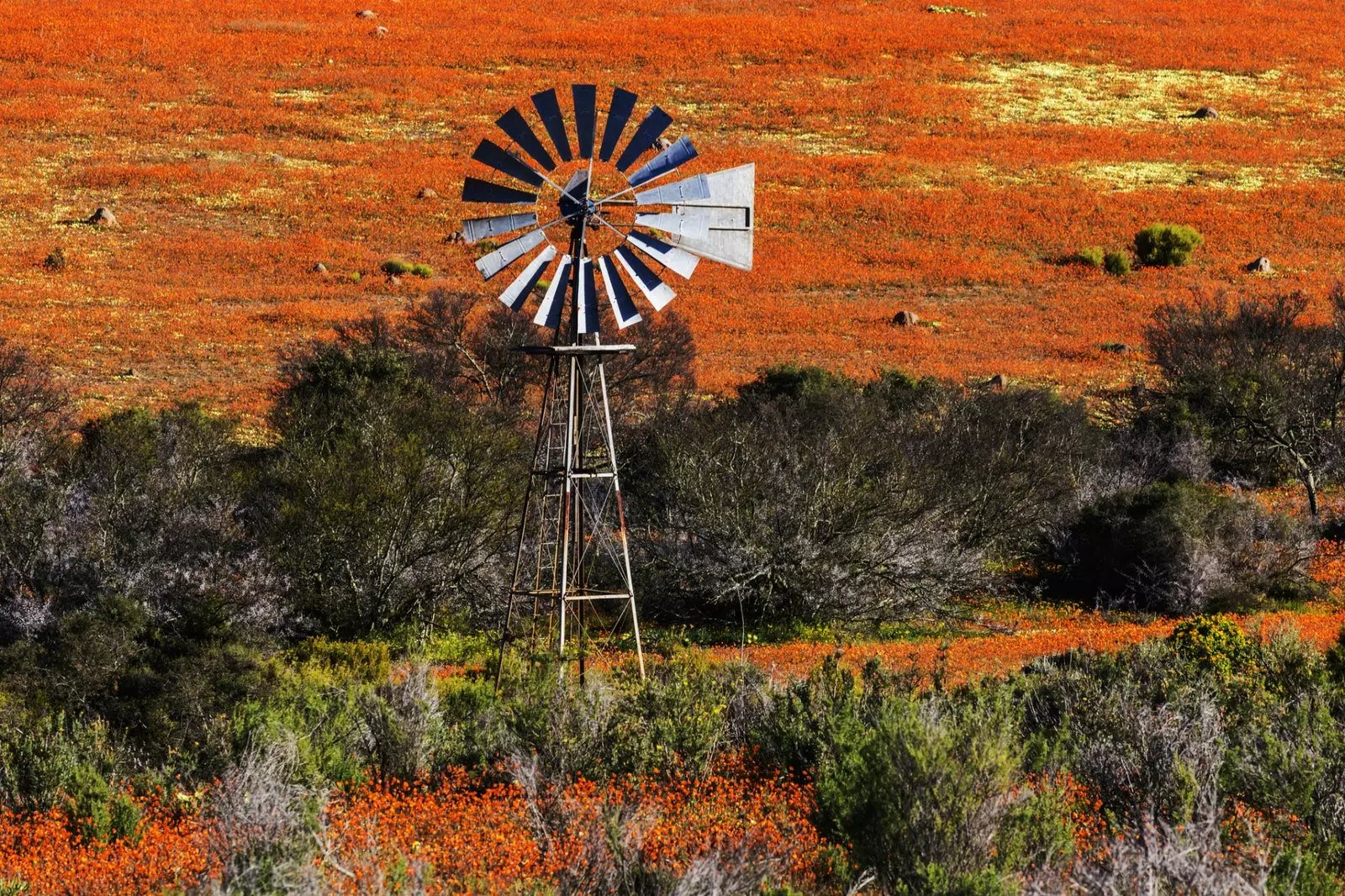
The semi-desert terrain of Namaqualand, South Africa, turns the color of wild flowers in September.
NAMAQUALAND, SOUTH AFRICA
On September 1, spring officially begins in the African country and there are many natural enclaves that are dyed with the intense color of wild flowers, such as the Cosmos region, in Mpumalanga or Western Cape and its well-known Darling Wildflower Show festival. We choose namaqualand, because it is much more impressive to know that before the pistils and corollas in this semi-desert area of South Africa there are only arid plains and dusty terrain.
Included within its flower route are the Richtersveld National Park, the Goegap Nature Reserve and the Skilpad Wildflower Reserve. And you shouldn't skip visiting Alexander Bay and the mouth and estuary of the Orange River either. More than 4,000 species of wild flowering plants are well worth a visit.
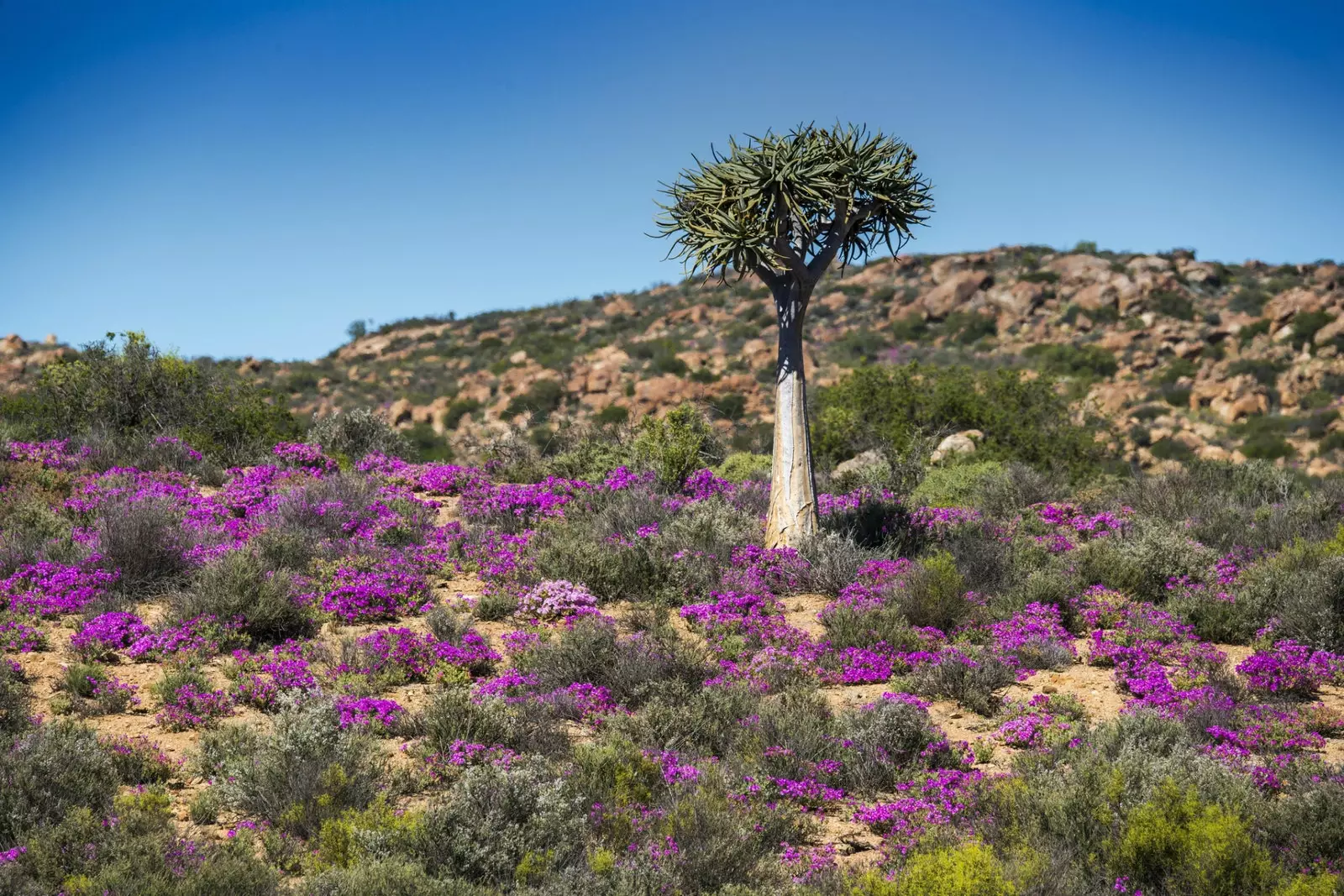
Aloe native to South Africa surrounded by purple flowers in Namaqualand (Northern Cape).
ATACAMA DESERT, CHILE
It is not common, in fact, when it happens, they usually refer to the flowering phenomenon in this Chilean desert as the 'miracle of the Atacama'. It happens every few years and unique meteorological phenomena have to occur for the flowers to grow in one of the driest areas on the planet. In fact, when the rains have been abundant in the region during the autumn and winter, there are those who are already beginning to organize their spring trips so as not to miss the fields in bloom.
This year the National Forestry Corporation (Conaf) has already confirmed that the Atacama will not have a 'flowering desert', due to the low temperatures and the fact that 15 millimeters of rainfall did not fall enough for the seeds to flourish in the middle of the desert, however they recommend not losing the hope and approach the coastal regions of Caldera or Huasco, next to the Pacific, where there will be minimal flowering.
The Llanos de Challe National Park, with the greatest biodiversity of flowers in the country, is a good place to try to ensure flowering, with its flowers of all colors: blankets of malvillas, añañucas, suspiros, nolanas, velvets...
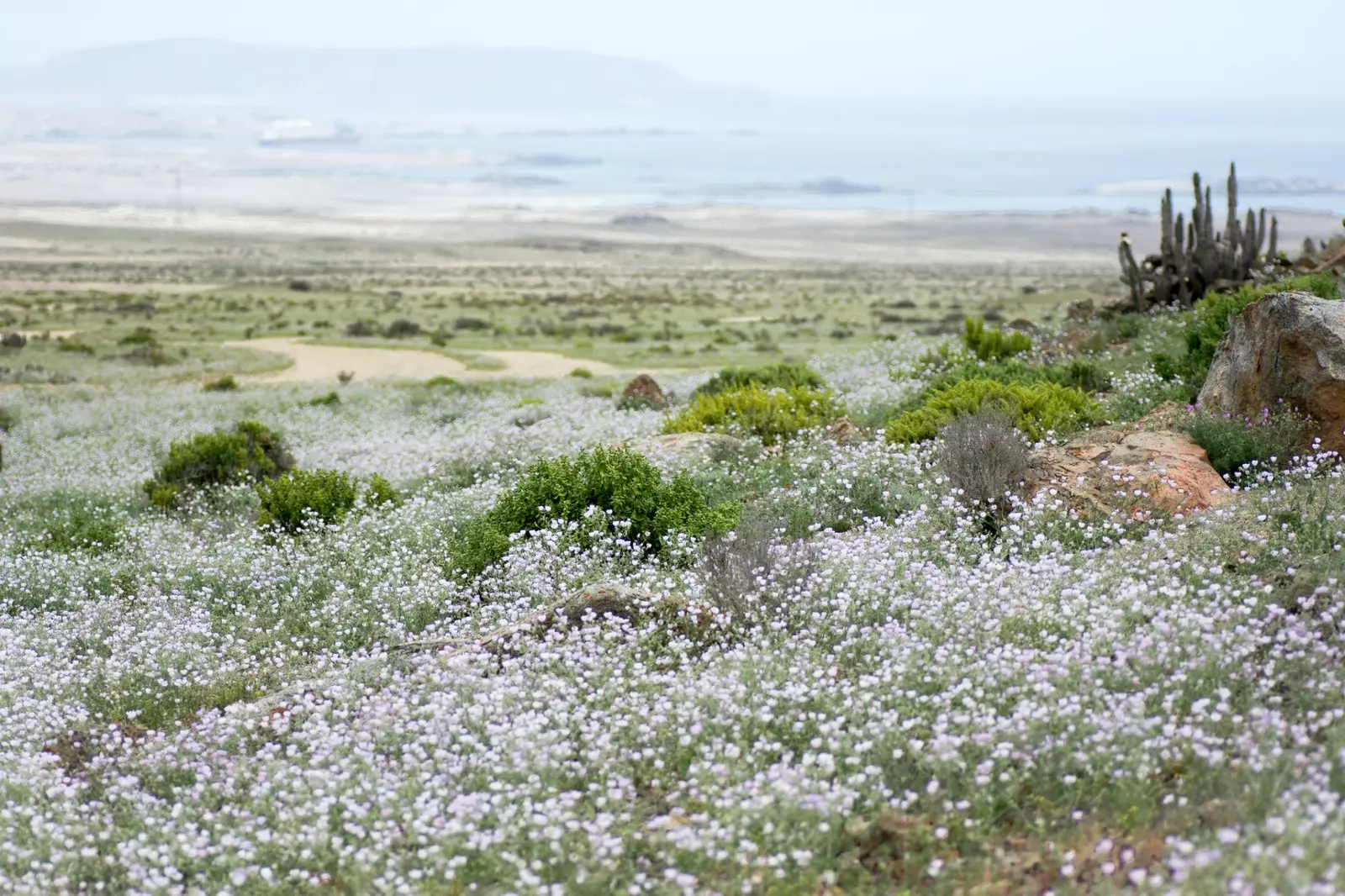
Fields in bloom in the Atacama desert, in its closest part to the Pacific.
CANBERRA, AUSTRALIA
The Floriade festival is already a classic in the Australian capital, which already has half a million visits, curious people who come to see the sea of flowers that surrounds Lake Burley Griffin, in Commonwealth Park. Its about largest flower festival in the southern hemisphere –with more than a million flowers– and complement the visit with concerts, horticulture workshops and areas dedicated to entertainment.
This year it starts on September 15 and will last until October 14. And the best thing is that when night falls the show continues, since inside your NightFest program (from Wednesday, September 26 to Sunday, September 30) are included 'flower light' dinners, idyllic walks alongside the illuminated trees of the Nautalis Forest and live performances by musical groups such as Lucy Sugerman, Mojo Juju, Thelma Plum, Bowie Unzipped, Kate Miller-Heidke...
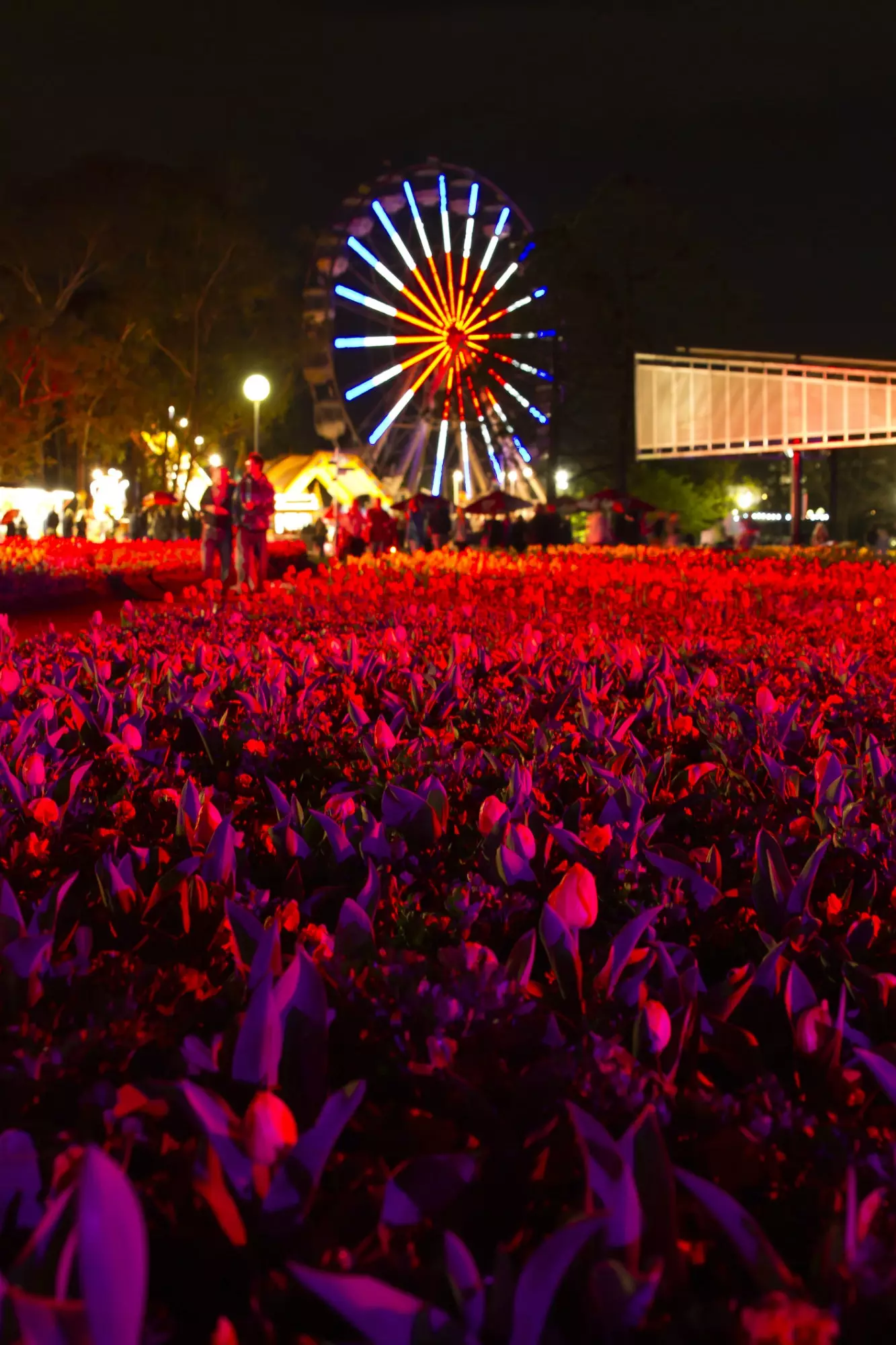
When the sun goes down, the Floriade festival in Canberra brings out its light artillery.
BUENOS AIRES, ARGENTINA
September 21 Spring begins in Argentina and Student's Day is celebrated, so the parks and leisure areas are filled with young people willing to enjoy the beauty of flowering and the arrival of good weather in the open air.
The Rose Garden –with almost 20,000 rosebushes– of the Bosques de Palermo is one of the enclaves chosen by Buenos Aires students to lay out a blanket and have a picnic or simply take a boat ride on the lake. Sarmiento Park is also a meeting place.
Although to be honest, the flowering that most moves us in Buenos Aires is the one that happens during the month of November, when the jarandás scattered throughout different parts of the city are dyed an intense violet color and announce the arrival of summer (the fall of the flowers of this tree is also particular, creating a spectacular blanket of petals on sidewalks and roads).
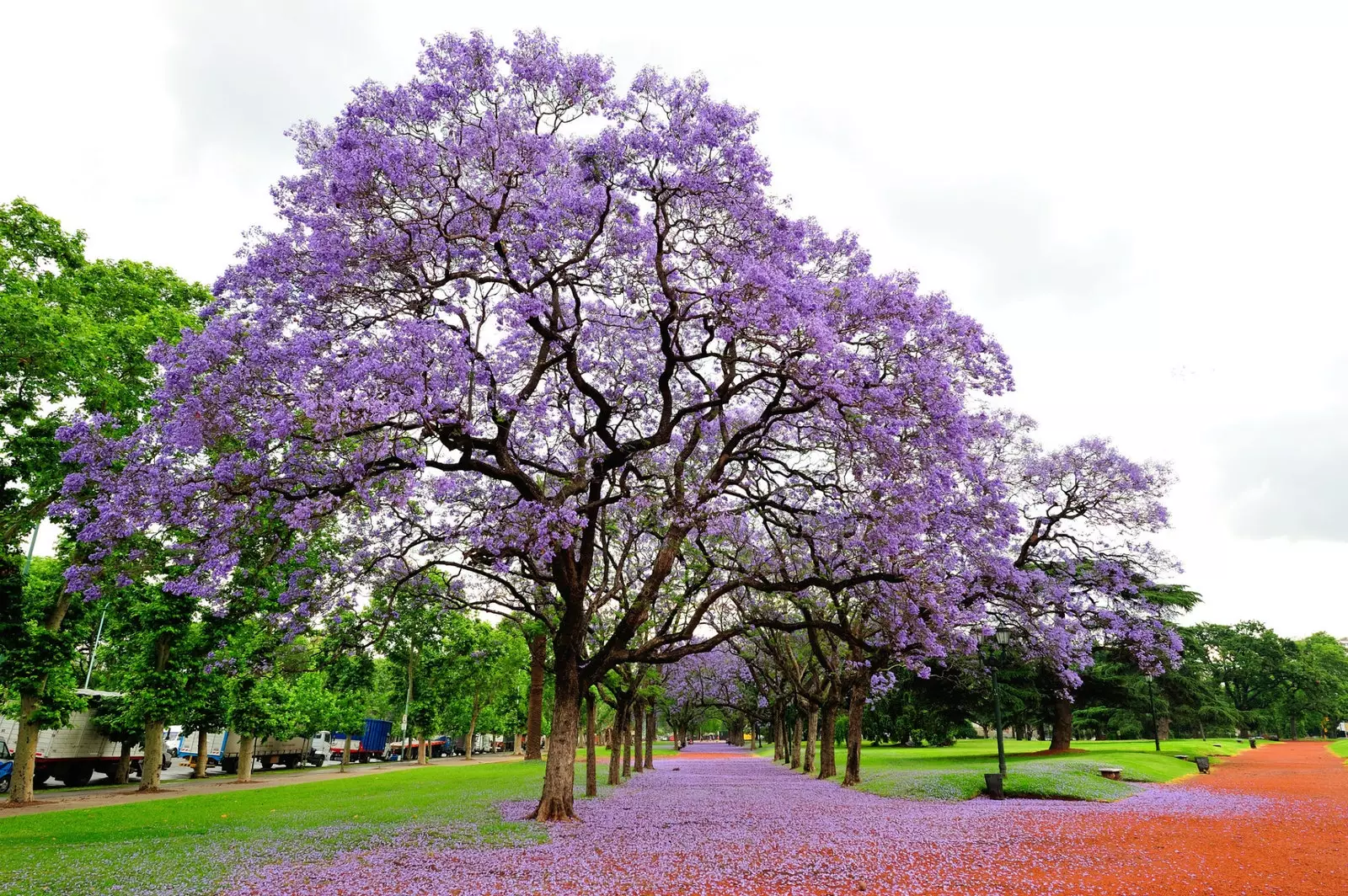
Jarandás full of violet flowers in the city of Buenos Aires.
SOUTHLAND, NEW ZEALAND
Although it may look like the tulip fields of Holland, it is actually the South Island of New Zealand. Years ago Dutch companies realized that the southern climate, south of the Cook Strait, was suitable for flowering bulbs and decided to expand business by opening branches on the other side of the planet. Today, millions of tulips of all colors (from both local and international companies) dot New Zealand's fields.
Take advantage of your visit to the island to go to the Alexandra Blossom Festival, in which every year, the last week of September, the residents of the city take to the streets flower-adorned wagons in a jovial parade in which giant swans, colorful boats and even Disney characters made with flowers welcome spring.
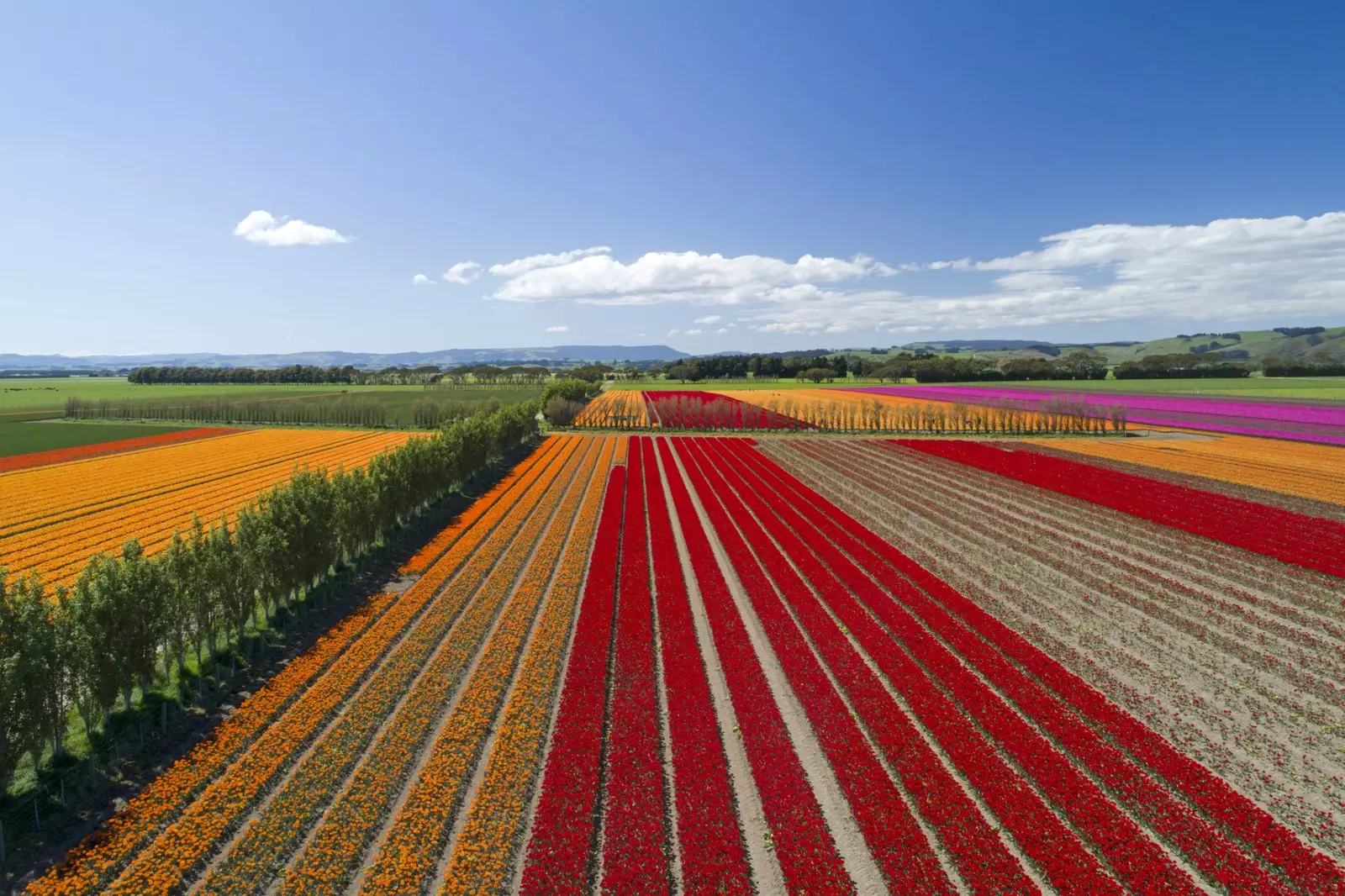
Holland looks like, New Zealand is.
MACHU PICCHU, PERU
In the sanctuary of Machu Picchu it is estimated that there may be a thousand species of orchids although only about 400 are documented, so a spring visit to the best-known Inca ruins in Peru practically guarantees seeing the flowering of some of them (some flowers last a few days and others, weeks). In fact, in three new unknown species were cataloged in 2015 and went on to fatten the list of orchids in the Andean country.
But yes, in addition to enjoy its simple presence on the terraces that make up the historic ruins of the fifteenth century, you prefer to learn a little about its growth and flowering and discover small botanical details, secrets and even Inca legends such as that of a princess of the Andes in love with an Inca warrior whose love was forbidden and she dedicated herself to traveling through the mountains crying for her love until that became a Waqanki orchid, it is best to stay at the Inkaterra Machu Picchu Pueblo Hotel.
Why? because they have built an orchid path with 372 native species in which to locate from the longest orchid in the world to another so small that it can only be seen with a magnifying glass. The tour includes a walk along an ancient mountain path used by Hiram Bingham to reach Machu Picchu and that reaches the canyons of the Urubamba Valley, at almost 2,500 meters.
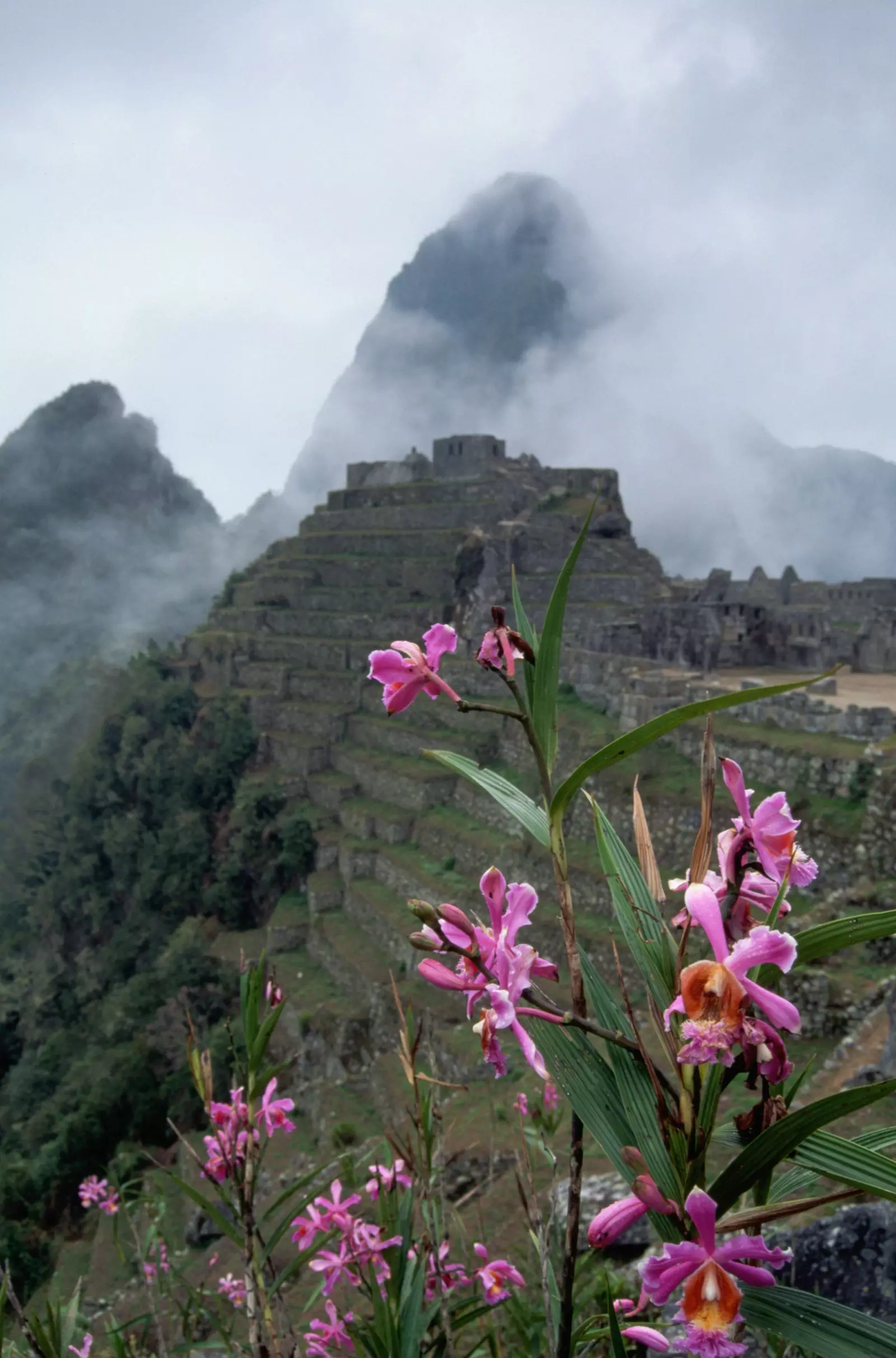
An endemic orchid in the ruins of Machu Picchu.
